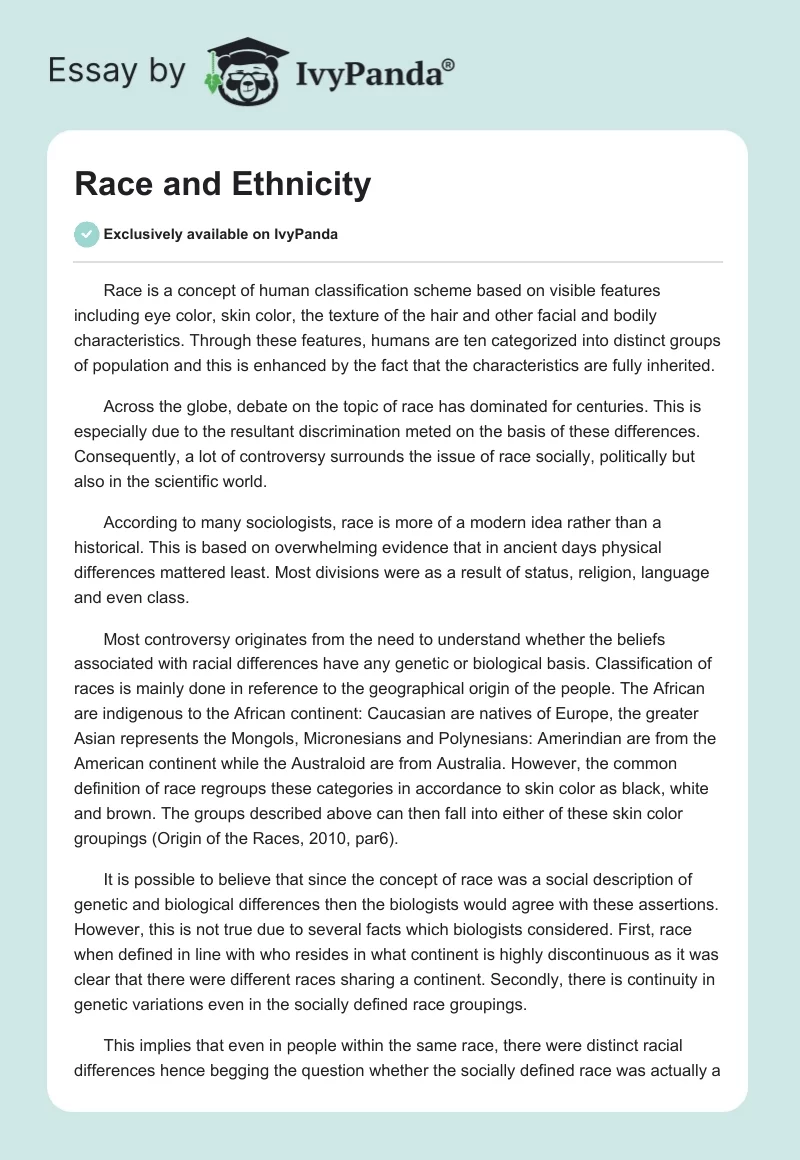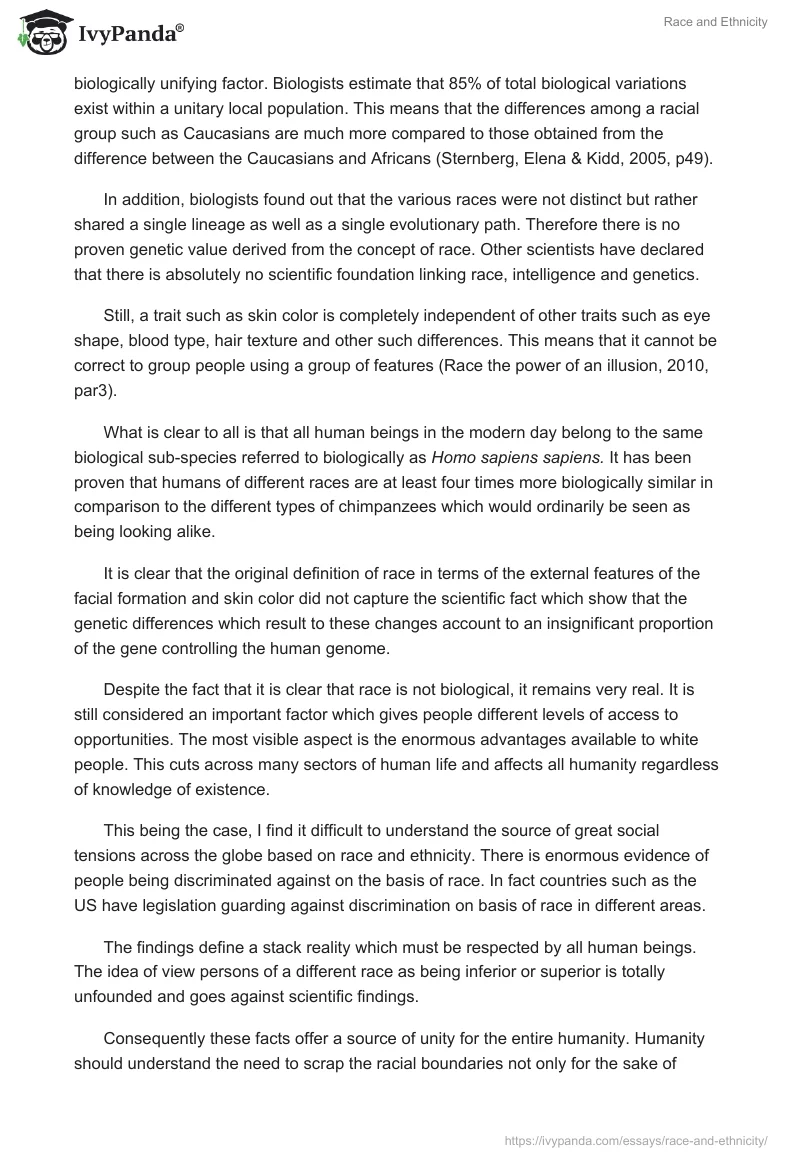Race is a concept of human classification scheme based on visible features including eye color, skin color, the texture of the hair and other facial and bodily characteristics. Through these features, humans are ten categorized into distinct groups of population and this is enhanced by the fact that the characteristics are fully inherited.
Across the globe, debate on the topic of race has dominated for centuries. This is especially due to the resultant discrimination meted on the basis of these differences. Consequently, a lot of controversy surrounds the issue of race socially, politically but also in the scientific world.
According to many sociologists, race is more of a modern idea rather than a historical. This is based on overwhelming evidence that in ancient days physical differences mattered least. Most divisions were as a result of status, religion, language and even class.
Most controversy originates from the need to understand whether the beliefs associated with racial differences have any genetic or biological basis. Classification of races is mainly done in reference to the geographical origin of the people. The African are indigenous to the African continent: Caucasian are natives of Europe, the greater Asian represents the Mongols, Micronesians and Polynesians: Amerindian are from the American continent while the Australoid are from Australia. However, the common definition of race regroups these categories in accordance to skin color as black, white and brown. The groups described above can then fall into either of these skin color groupings (Origin of the Races, 2010, par6).
It is possible to believe that since the concept of race was a social description of genetic and biological differences then the biologists would agree with these assertions. However, this is not true due to several facts which biologists considered. First, race when defined in line with who resides in what continent is highly discontinuous as it was clear that there were different races sharing a continent. Secondly, there is continuity in genetic variations even in the socially defined race groupings.
This implies that even in people within the same race, there were distinct racial differences hence begging the question whether the socially defined race was actually a biologically unifying factor. Biologists estimate that 85% of total biological variations exist within a unitary local population. This means that the differences among a racial group such as Caucasians are much more compared to those obtained from the difference between the Caucasians and Africans (Sternberg, Elena & Kidd, 2005, p49).
In addition, biologists found out that the various races were not distinct but rather shared a single lineage as well as a single evolutionary path. Therefore there is no proven genetic value derived from the concept of race. Other scientists have declared that there is absolutely no scientific foundation linking race, intelligence and genetics.
Still, a trait such as skin color is completely independent of other traits such as eye shape, blood type, hair texture and other such differences. This means that it cannot be correct to group people using a group of features (Race the power of an illusion, 2010, par3).
What is clear to all is that all human beings in the modern day belong to the same biological sub-species referred to biologically as Homo sapiens sapiens. It has been proven that humans of different races are at least four times more biologically similar in comparison to the different types of chimpanzees which would ordinarily be seen as being looking alike.
It is clear that the original definition of race in terms of the external features of the facial formation and skin color did not capture the scientific fact which show that the genetic differences which result to these changes account to an insignificant proportion of the gene controlling the human genome.
Despite the fact that it is clear that race is not biological, it remains very real. It is still considered an important factor which gives people different levels of access to opportunities. The most visible aspect is the enormous advantages available to white people. This cuts across many sectors of human life and affects all humanity regardless of knowledge of existence.
This being the case, I find it difficult to understand the source of great social tensions across the globe based on race and ethnicity. There is enormous evidence of people being discriminated against on the basis of race. In fact countries such as the US have legislation guarding against discrimination on basis of race in different areas.
The findings define a stack reality which must be respected by all human beings. The idea of view persons of a different race as being inferior or superior is totally unfounded and goes against scientific findings.
Consequently these facts offer a source of unity for the entire humanity. Humanity should understand the need to scrap the racial boundaries not only for the sake of peace but also for fairness. Just because someone is white does not imply that he/she is closer to you than the black one. This is because it could even be true that you have more in common with the black one than the white one.
Reference List
Origin of the Races, 2010. Race Facts. Web.
Race the power of an illusion, 2010. What is race?. Web.
Sternberg, J., Elena L. & Kidd, K. 2005. Intelligence, Race, and Genetics. The American Psychological Association Vol. 60(1), 46–59. Web.


